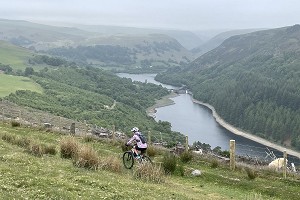
Originally intended as a long distance walk from coast to coast, the John Muir Way is also ideal on two wheels, says bikepacking evangelist Markus Stitz. Meanwhile, up in Highland Perthshire, Markus has also been working on a new multi-day trail.
Here he looks at both routes - a bit of inspiration for post-travel-restriction trips on two wheels...
When I started researching John Muir's life for my new film 'Unhurried', filmed on the 132-mile-long John Muir Way from Helensburgh to Dunbar, I was keen to understand what his motivation was to advocate for the preservation of wilderness in the United States of America, and why there is relatively little known about him in his native Scotland.
Living in Edinburgh I visited his birthplace in Dunbar a few times, most recently after the sculpture of a giant bear by Andy Scott was unveiled. I have also cycled and walked sections of the John Muir Way as it almost runs past my front door in Edinburgh, so from the signs I knew at least that he was a beardy man with a hat, and there was a connection between Muir and brown bears. Although some of his quotes are widely used, I only knew of him, but not very much about him.
The same can be said about the cattle drovers of the Highlands, which were the subject of 'Drovers', another film that was published earlier this year in July to launch a new 206-mile-long bikepacking route in Highland Perthshire, the Drovers Trail, and alongside it a network of shorter routes, the Perthshire Gravel Trails, that can be ridden in a day.
I explained what bikepacking is and the basics to get into it in an article in 2018. Simply speaking bikepacking is a form of bike touring, using lightweight bags strapped directly to the frame instead of racks and panniers:
I really appreciate the help of modern technology for route planning and research, which has made my job - I earn a living planning and promoting cycling routes - much easier.
I've ridden thousands of miles across the world, but had as much fun on the John Muir Way
I often find the first inspiration in the Heritage Paths website, which offers different map layers, from historic to modern. Komoot, based on Open Street Maps, makes it easy to initially plan a route, which I then import into Garmin Basecamp to finetune, as not all paths are featured on all maps or apps. The freely available Open Fiets Map for Garmin GPS is very detailed and perfect for cycling. A printed Ordnance Survey landranger map is a great tool to cross-reference routes, and their online app OSmaps has a great fly-trough function, which is especially helpful for planning locations for filming and photos (and spotting exposed locations). This is still a lengthy process, but would take much longer without technology.
What apps cannot replace though is the personal experience needed to make a judgement whether a route is suitable or not.
There is still something magic in reading an old-fashioned book to dive into a certain chapter of history or a person's life, and using this as a starting point to create a new bike adventure or to follow an existing route.
Cycling is a great opportunity not only to exercise, but to stop almost anywhere (in contrast to driving). It's also a good means of transport to actually get places (unlike walking)
For finding out more about John Muir's life I found Mary Colwell's John Muir: The Scotsman who Saved America's Wild Places a great help to understand him better. Haldane's The Drove Roads of Scotland is a well-written account of Scotland's droving trade and the routes by which cattle and sheep were brought from every corner of the land to markets in central Scotland. It inspired my route scouting in Perthshire. Both routes also use other heritage paths (listed on the Heritage Paths website), and Scotway's Scottish Hill Tracks has become an invaluable source of inspiration ever since I was given my first copy as a gift from a friend that has been hillwalking for most of his life (thanks Allan).
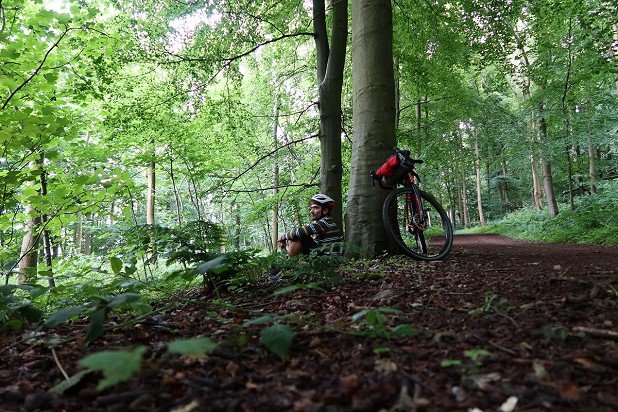
For me cycling is a great opportunity not only to exercise. It allows me to stop almost everywhere (in contrast to journeys by car or public transport), but also provides a good means of transport to actually get to the places or the start of a route. In Scotland we have the added benefit of the Scottish Outdoor Access Code, which allows us to cycle and camp pretty much everywhere, and makes planning routes that much easier.
The definition of what is rideable on a bike is very subjective. Recent developments in technology have moved the limits further out than ever before, but even without technological advances there have been people stretching that very definition over decades with willpower and determination. On some routes walking still seems like a more sensible choice. But looking at the efforts of the Rough Stuff Fellowship in the UK or the Overlanders in Australia I'm always careful not to claim that bikepacking is something that has just developed recently.
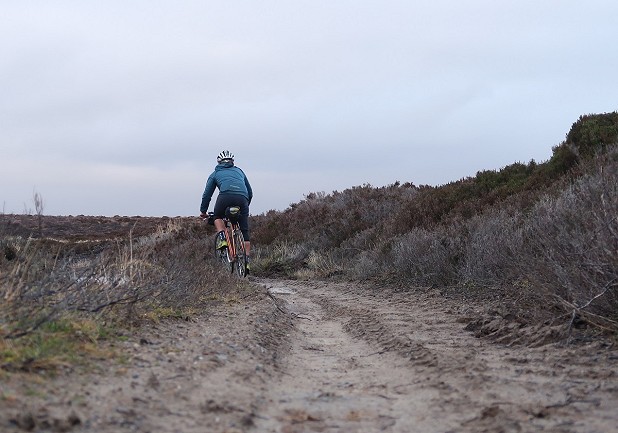
Bikepacking enables you to reconnect with nature and get a safe distance away from populated places. This year, this has been invaluable
What I would claim though is that its popularity has surged in recent years. Since I wrote my first article on UKHillwalking the competition on the market has provided a number of low cost alternatives to the relatively highly priced bags I have used in races or for riding around the world. Lightweight camping equipment is widely available now for reasonable prices. And while buying a bike after the surge in sales during lockdown is more difficult than before, there is a wide range of reasonably priced models on the market that are enjoyable to ride.
E-Bikes have also come a long way since I wrote my article in 2018, and no doubt will change the nature of bikepacking in the years to come. For bikepacking the John Muir Way I spend a lot of time choosing equipment that packs small but doesn't break the bank. For cycling the Drovers Trail I used a Kinesis G2 gravel bike, which retails at a sensible £1500.
Here's some advice on gear for bikepacking the John Muir Trail:
Regardless of kit and bike, the one thing that bikepacking enables me to do is to reconnect with nature and get a safe distance away from populated places. Especially after lockdown this has been an invaluable asset.
The two bikepacking routes that made 2020 a busy year for me couldn't have been more different. The John Muir Way is a great example that a route, which was initially planned as a walking route, can provide a perfect blueprint for bikepacking too. One of Scotland's Great Trails, it is a brilliant journey to get into bikepacking, and in that it mirrors the efforts of John Muir.
Before starting to film I became aware of some of the remarks that Muir made about indigenous peoples. They are not acceptable, and those remarks were far removed from my values. However, I still think that his focus on protecting nature for the health of the planet and all its inhabitants is more relevant now than ever.
The John Muir Way runs mostly through a very populated area and provides easy access to the outdoors. But it still contains some very small pockets of wilderness and a number of good opportunities to stop and watch wildlife. It's signposted, and so requires no maps or GPS to navigate. But it offers a great opportunity for learning to use navigational aids, as more remote routes like the Drovers Trail require them. Commissioned by Green Action Trust, I didn't create anything new here, I simply adapted the existing walking route, leaving the Roman Hill Forts out and some small sections in East Lothian, which are either riddled with thorns at certain times of the year or contain multiple sets of steps. Over the years I have ridden thousands of miles across the world, but I had as much fun riding the John Muir Way as I had adventuring in the Atlas Mountains in Morocco or the Tian Shan in Kyrgyzstan.
The Drovers Trail in Perthshire, which was commissioned by Highland Perthshire Cycling, sits on the other end of the spectrum. There is no signposting, at (very few) times there isn't even a path. The everyday life of a cattle drover was far from easy. But, having read Haldane's book, there is no question that amongst the hardship were also those nights spent under the stars on an open hillside sipping a dram of whisky, which made all the hard work worthwhile. Exactly that is reflected in the route.
Both films have been watched widely now, so based on evidence from past projects they will eventually bring more people to the trails, both locals and visitors. A large variety of route planning apps and publishing routes online will make them more widely accessible. Without those tools the Drovers Trail wouldn't exist. Signposting would have exceeded the budget available to develop it.
I have actively worked on developing routes in Scotland, but have always been keen to use only existing paths and create alternatives away from the honeypots, and both routes reflect that. I am aware that some people's hidden gems might get exposed to the wider public as the route runs past them. Is this likely to lead to problems like dirty camping, rubbish etc? While I can only speak for myself, I think that the very nature of bikepacking will hopefully mostly have positive implications, and will also strengthen the use of a bike to spend holidays in a more sustainable way, comparable to long distance treks.
A route like the John Muir Way, close to where the majority of people in Scotland live, will provide an alternative that doesn't require a long drive to get there. When choosing a campsite a bike gives you the opportunity to get to more remote spots for wild camping (they exist even in the Central Belt), and carrying a small stove and pot will be a much more efficient use of the small space available in those bags than carrying axe and saw to chop down tree branches for a campfire.
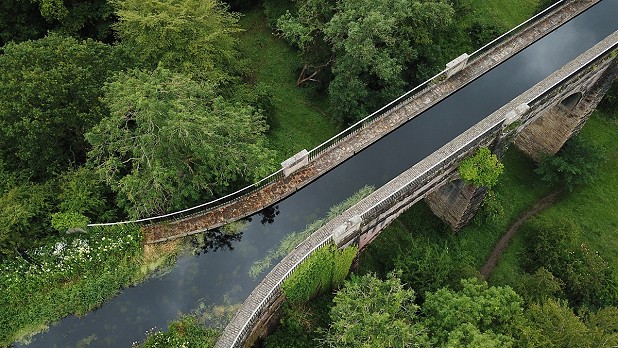
And while there have been efforts to make the streets safer for cycling, routes like the John Muir Way and the Drovers Trail, which are predominantly off-road, provide a welcome alternative for people who don't feel comfortable mixing with cars, but still want the benefits of cycling and enjoying the outdoors. Is that what John Muir would have wanted for the place he was born in? I am pretty sure he would have.
About Markus Stitz
Markus Stitz is the founder of Bikepacking Scotland, through which he works with local partners to create new bikepacking routes in Scotland. An avid adventurer and cyclist, but also a keen walker, Markus' longest bikepacking journey took almost a year to complete, circumnavigating the world on a singlespeed bike from September 2015 to August 2016. His first creation, the Capital Trail, was awarded as 'Best New Trail' in 2015 by bikepacking.com. He writes for magazines, speaks about his adventures and is a keen photographer. More about him and Bikepacking Scotland can be found here:
- Bikepacking Scotland - Five of the Best Routes 21 Jun, 2023
- Bikepacking - A Beginner's Intro 9 Apr, 2018

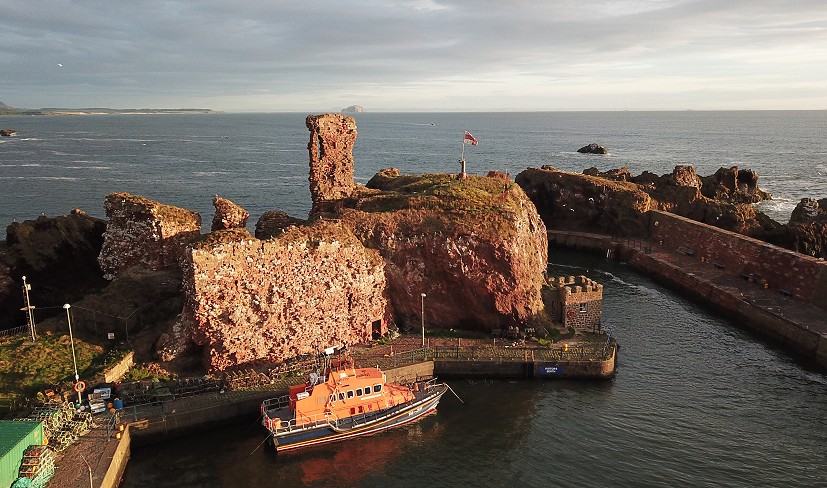
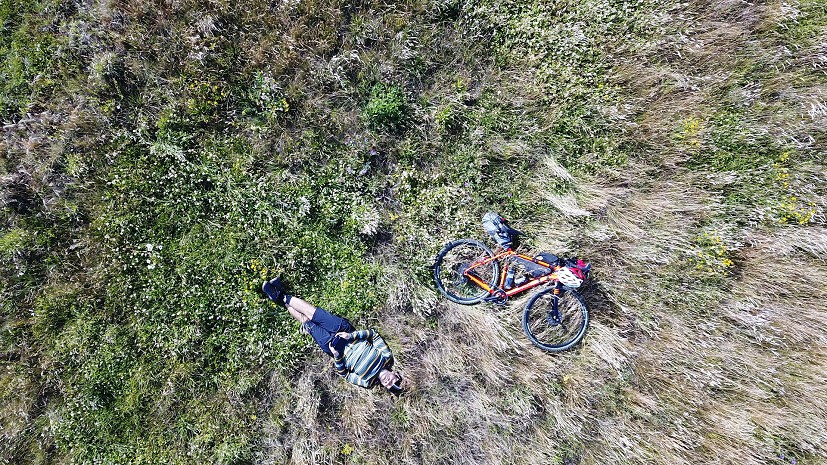
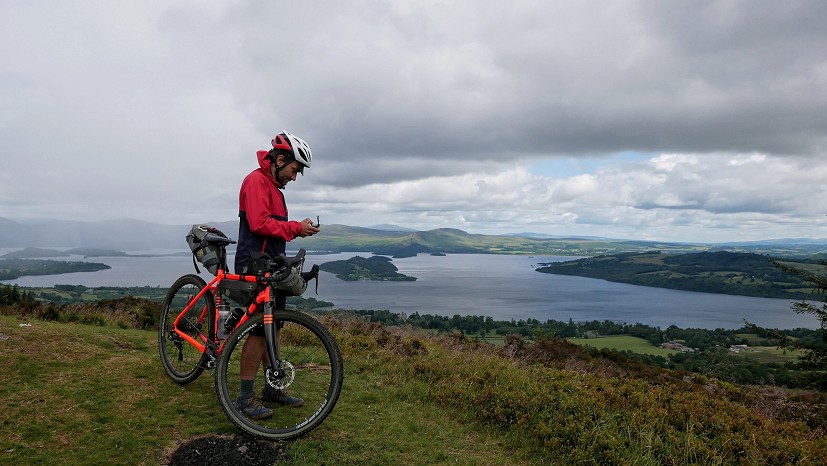
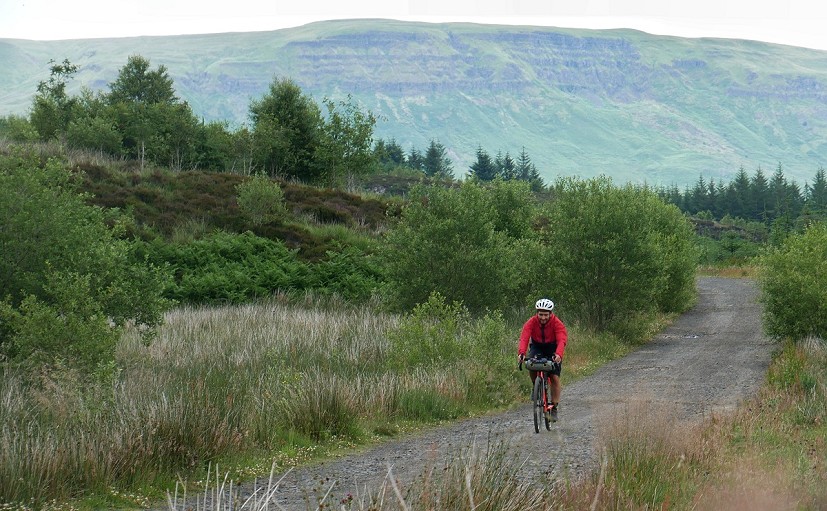
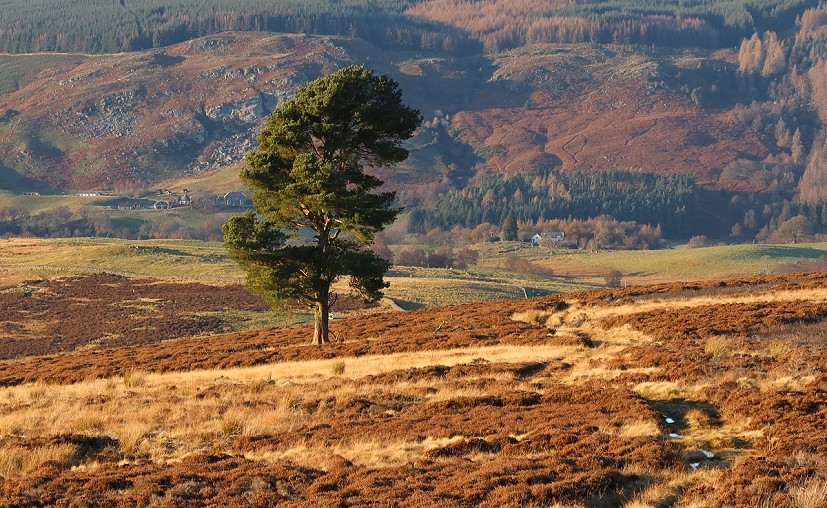
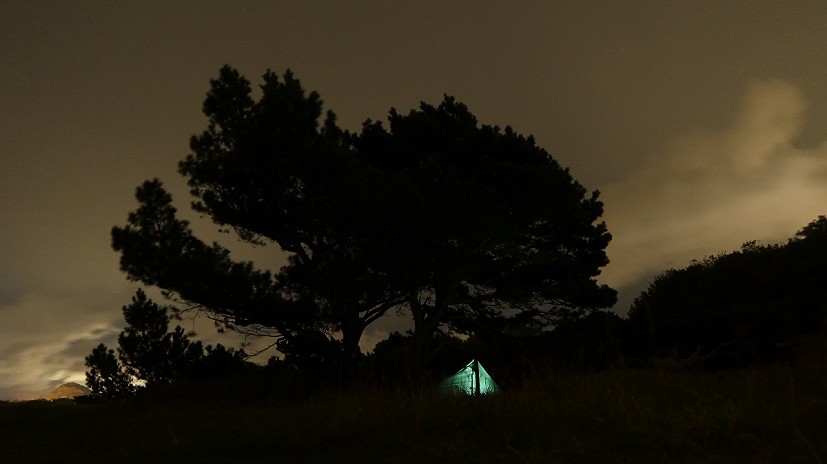
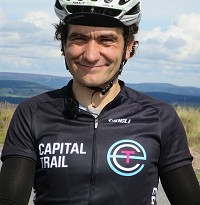




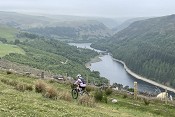
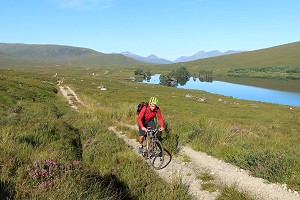
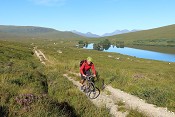
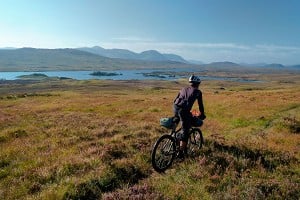
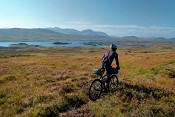
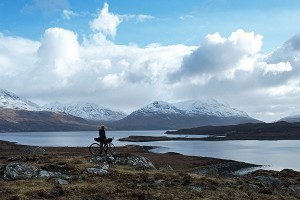

Comments
Great article, I feel inspired to get out! (keeping within the current Covid guidelines, of course).
Yes, inspiring - but also frustrating if you live in England! Let's hope the border opens soon.